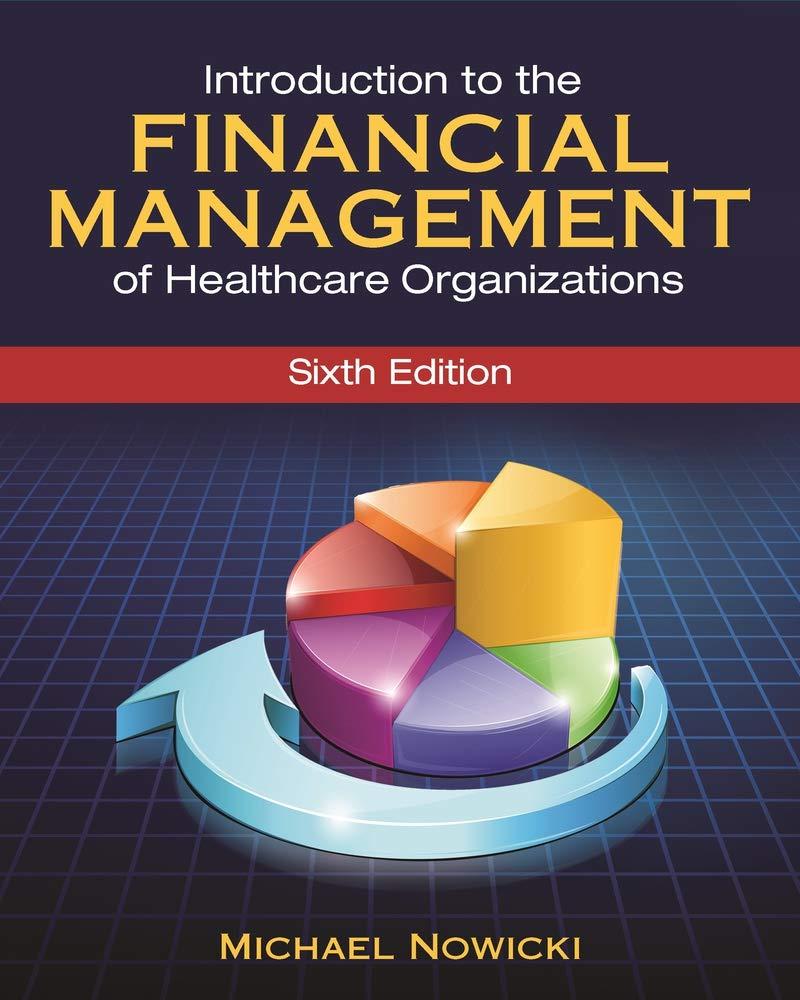
A Professor of Finance is testing for spillovers in the returns between different stock markets. They have collected data on the annual return on the US (rus;), Australian (roz;), Japanese (rjp;), and Hong Kong (rhki) stock markets. They have then regressed returns on the US stock market on the returns on the Australian, Japanese, and Hong Kong stock markets using the equation rus; = bo + biroz + berjp; + b3 rhki + e, and obtained the output in Figure 3. Figure 3 reg rus roz rup rhk Source ss dr MS Model Residual 1368.49077 2068.54765 3 456.16359 200 10.3427382 Number of obs - 204 F3, 200) - 44.10 Prob > - 0.0000 R-squared - 0.3982 Ady R-squared - 0.3891 Root MSE 3.216 Total 3437.03842 203 16.9312237 rus Coef. Std. Err. t P>it! (95% Conf. Intervall roz IP rhk cons .3164828 .0988097 .1893459 .446137 .0708404 .0428942 .0331836 .2298055 4.47 2.30 5.71 1.94 0.000 0.022 0.000 0.054 .1767928 .0142268 . 1239114 -.0070157 4561728 .1833927 .2547805 .8992897 .estat hettest roz rup rhk Breusch-Pagan / Cook-Weisberg test for heteroskedasticity / - Ho: Constant variance Variables: roz prhk ch12 (3) Prob > chi2 - 7.30 0.0628 After meeting a faculty member in the coffee room, the Professor has become worried about the presence of heteroscedasticity in the data. They have therefore conducted a Breusch-Pagan test. What conclusion can you draw about the nature of the standard errors based on the Breusch-Pagan test in Figure 3? The standard errors are homoscedastic at the 5% level The standard errors are heteroskedastic at the 5% level The standard errors are homoscedastic at the 10% level The standard errors are heteroskedastic at the 1% level o Impossible to say A Professor of Finance is testing for spillovers in the returns between different stock markets. They have collected data on the annual return on the US (rus;), Australian (roz;), Japanese (rjp;), and Hong Kong (rhki) stock markets. They have then regressed returns on the US stock market on the returns on the Australian, Japanese, and Hong Kong stock markets using the equation rus; = bo + biroz + berjp; + b3 rhki + e, and obtained the output in Figure 3. Figure 3 reg rus roz rup rhk Source ss dr MS Model Residual 1368.49077 2068.54765 3 456.16359 200 10.3427382 Number of obs - 204 F3, 200) - 44.10 Prob > - 0.0000 R-squared - 0.3982 Ady R-squared - 0.3891 Root MSE 3.216 Total 3437.03842 203 16.9312237 rus Coef. Std. Err. t P>it! (95% Conf. Intervall roz IP rhk cons .3164828 .0988097 .1893459 .446137 .0708404 .0428942 .0331836 .2298055 4.47 2.30 5.71 1.94 0.000 0.022 0.000 0.054 .1767928 .0142268 . 1239114 -.0070157 4561728 .1833927 .2547805 .8992897 .estat hettest roz rup rhk Breusch-Pagan / Cook-Weisberg test for heteroskedasticity / - Ho: Constant variance Variables: roz prhk ch12 (3) Prob > chi2 - 7.30 0.0628 After meeting a faculty member in the coffee room, the Professor has become worried about the presence of heteroscedasticity in the data. They have therefore conducted a Breusch-Pagan test. What conclusion can you draw about the nature of the standard errors based on the Breusch-Pagan test in Figure 3? The standard errors are homoscedastic at the 5% level The standard errors are heteroskedastic at the 5% level The standard errors are homoscedastic at the 10% level The standard errors are heteroskedastic at the 1% level o Impossible to say







